What Makes Zhengzhou an Ancient Capital? Here are the stories about the title!
During the Republic of China era,
Zhengzhou was known as Zhengxian County.
The operation of railways later
provided opportunities for the county to enter a new stage of major development,
which also makes Zhengzhou be dubbed as
a city brought by trains.
People who learn less about its history
will believe that
Zhengzhou is a completely emerging city,
while actually, such belief is a misunderstanding.
And according to the discovery of archaeological studies,
the remains buried beneath the land
have a long history,
and the origin of human settlements in Zhengzhou
can be traced back to thousands of years ago.
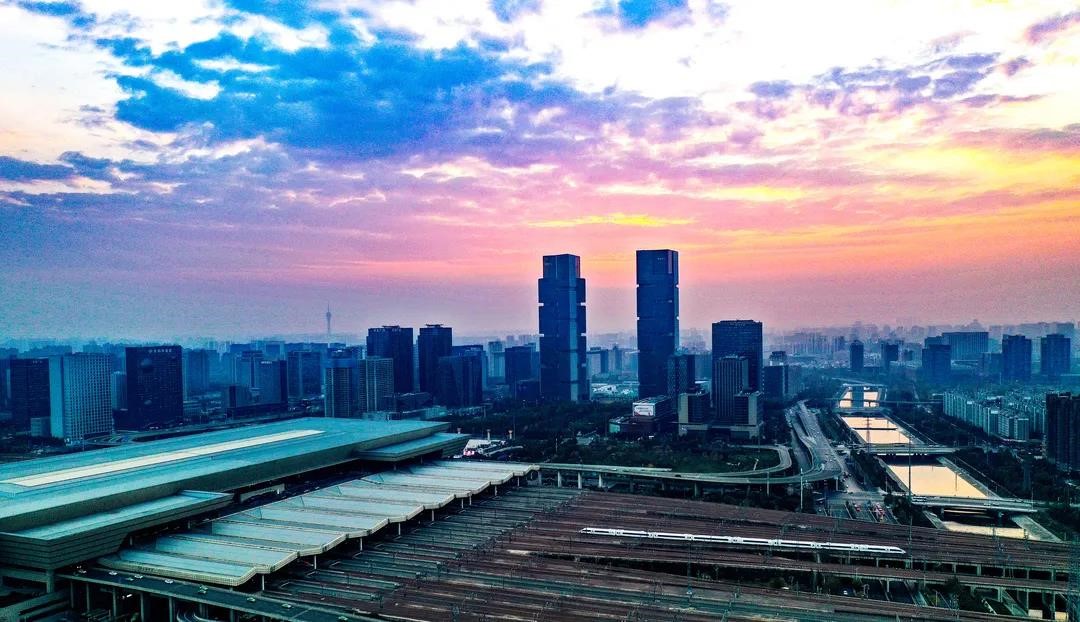
▲Scenery near Zhengzhou East High-speed Railway Station photographed by Ma Jian
Recently, under the guidance of the National Cultural Heritage Administration, the “Centennial Top 100 Archaeological Discoveries” selection and promotion activity hosted by the Society for Chinese Archaeology and China Cultural Relics News revealed the results and 160 discoveries were shortlisted for the final review. Among them, there were six candidates from Zhengzhou city, namely the Shuanghuaishu Site in Gongyi, the Peiligang Site, Zhengzhou Shang Dynasty Ruins, Wangchenggang Site in Dengfeng, Zheng Han Gucheng Site, and Xiaoshuangqiao Shang Dynasty Ruins.
01
The Shuanghuaishu Site in Gongyi
Located at the high platform in the south of Shuanghuaishu Village in Heluo Town, Gongyi City, the existing Shuanghuaishu Site covers an area of 1,170,000 square meters and is a giant site of human settlement of the middle and late Yangshao culture.
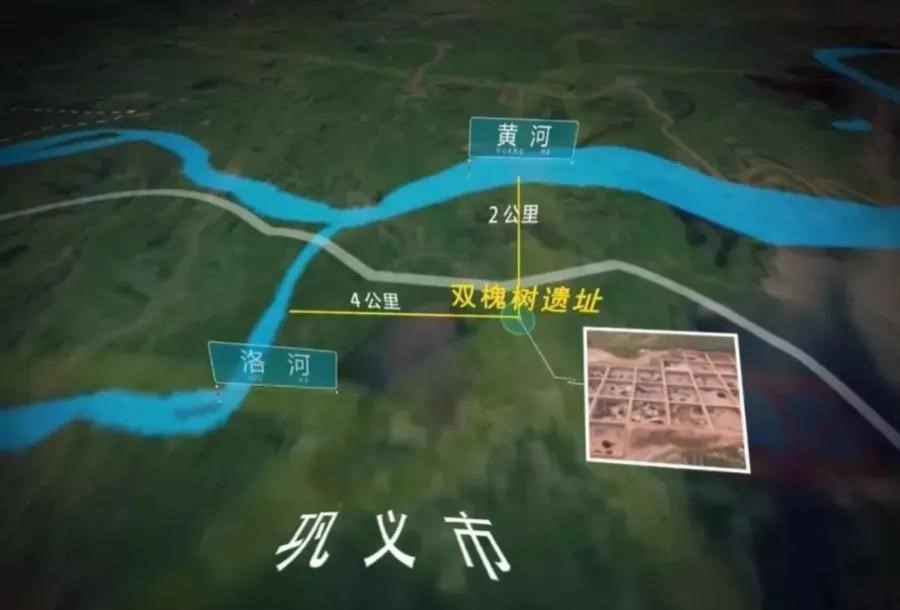
▲The location of the Shuanghuaishu Site
The major archaeological discovery in the Shuanghuaishu Site is clear proof of the initial formation of Chinese civilization about 5,300 years ago, and the Heluo area was seen as the most representative and the most influential civilization center at that time.
02
The Peiligang Site
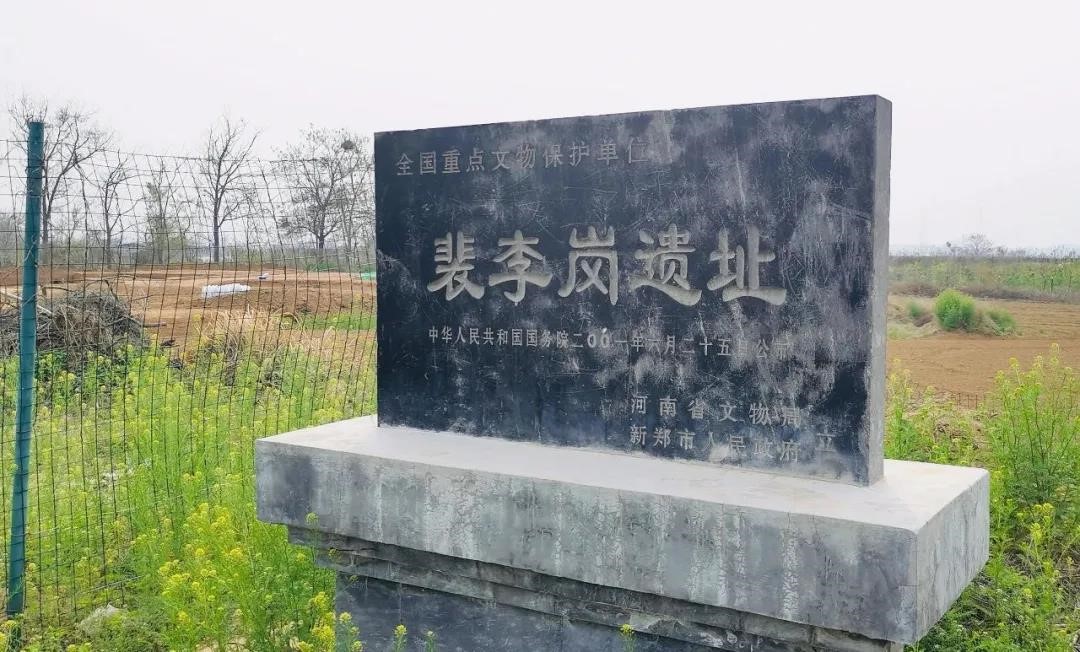
▲The Peiligang Site (File Photo)
The Peiligang Site is located in the west of Peiligang Village, 8 kilometers away from the northwest of Xinzheng City. As conjectured by specialists, the Peiligang Site appeared around 8,200 to 7,700 years ago and lasted for about 500 years, showing that its absolute chronology is even more than 1,000 years earlier than the Yangshao culture's, and such conjecture may fill a piece of history in the gap of early Neolithic Age before Yangshao culture in China.
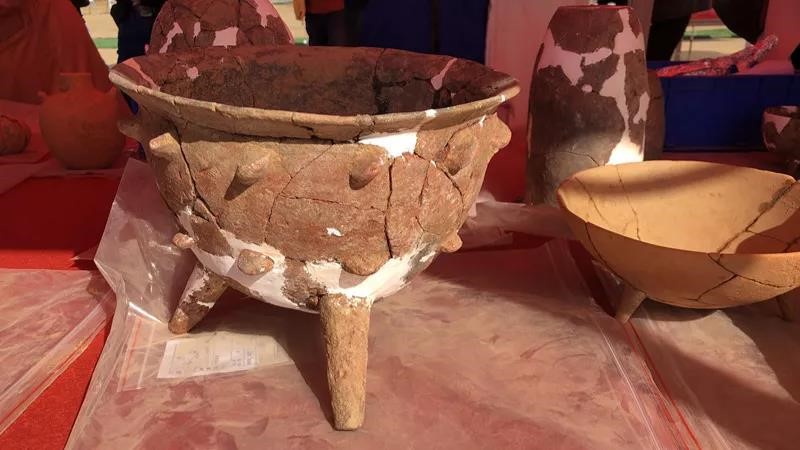
▲Cultural relics discovered in the Peiligang Site

▲ A stone grinding plate and a stone grinding stick unearthed in the Peiligang Site
As firstly discovered in the Peiligang Site, the culture at that period is named “Peiligang Culture”. On June 25, 2001, the Peiligang Site was officially listed as the fifth batch of national key cultural relic protection sites by the State Council.
03
Zhengzhou Shang Dynasty Ruins
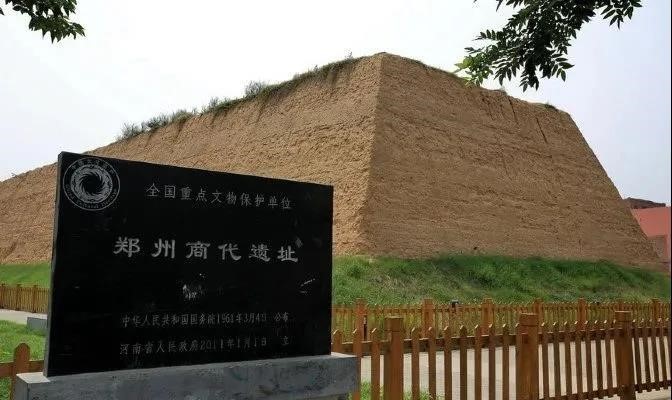
▲ Ancient city wall ruins of Shang Dynasty
There are ruins of the capital city of Shang Dynasty with a history of 3,600 years in the old urban center of Zhengzhou City. The rectangle-shaped site covers an area of about 25 square kilometers and is divided into inner and outer cities.
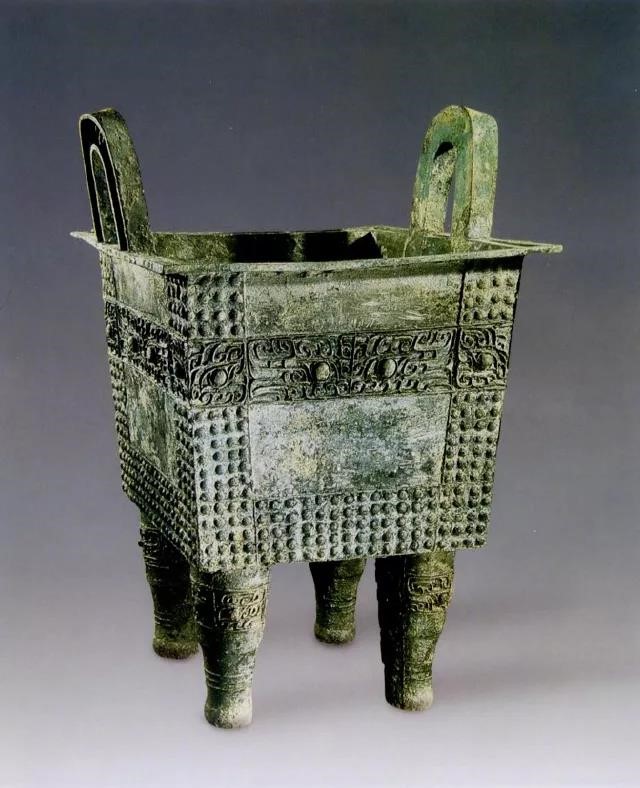
▲Duling Ding Square Tripot
The ancient capital in Zhengzhou is the founding capital of Shang Dynasty, and the Zhengzhou Shang Dynasty Ruins are the largest capital ruins of the same period in the world.
04
Zheng Han Gucheng Site
During the Spring and Autumn Period and the Warring States Period, both Zheng State and Han State built their capitals successively in a place that has turned out to be today’s Zheng Han Gucheng Site in Xinzheng City. Established for 539 years, the capitals were regarded as one of the political, economic, military, and cultural centers at that period with a history of more than 2,700 years.
Zheng Han Gucheng, National Archaeological Site Park covers an area of more than 4,500 hectares and consists of City Walls Ruins Park, Palace Walls Ruins Park, Dawulou Handicraft Industrial Ruins Park, and Houduanwan Comprehensive Ruins Park. In 1961, Zheng Han Gucheng Site was officially listed as the first batch of national key cultural relic protection sites.
05
Xiaoshuangqiao Shang Dynasty Ruins
Located in the southwest of Xiaoshuangqiao Village, 20 kilometers away from the northwest of Zhengzhou City, Xiaoshuangqiao Shang Dynasty Ruins is mainly distributed in Xiaoshuangqiao Village, Yuegang Village, Yuzhuang Village, Houzhuangwang Village, and Gezhai Village. On May 25, 2006, Xiaoshuangqiao Shang Dynasty Ruins was recognized by the State Council as the sixth batch of national key cultural relic protection sites.
Do you show more respect
to the history of Zhengzhou City
after learning more about the stories of such ruins?
The Wangchenggang Site in Dengfeng
There is a possibility that the Wangchenggang Site in Dengfeng
is an early capital in the Xia Dynasty when the legendary Emperor Yu tamed the flood.
Zhengzhou Shang Dynasty Ruins
The capitals in Zhengzhou Shang Dynasty Ruins
were built in Shang Dynasty,
hundreds of years earlier than the legend of King Wu’s conquest over Yin.
So,
Do you show more respect
when you know much about the history, you will finally be aware that
Zhengzhou
is indeed a place of ancient history,
and Zhengzhou had been the capital of ancient China
for several millennia long.
That’s why Zhengzhou deserves its title
as “an ancient capital of China”.